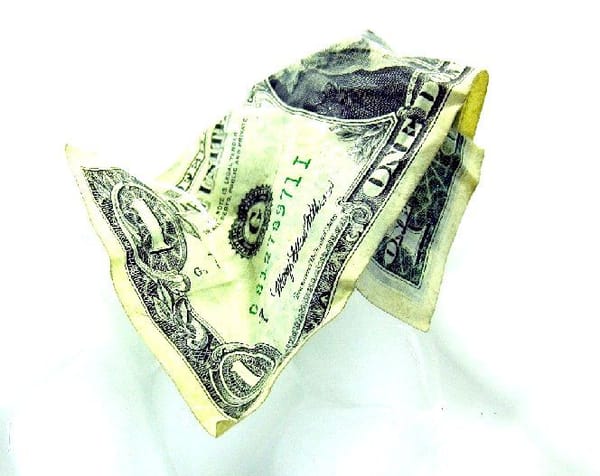Vladimir Lenin famously remarked that there are decades in which nothing happens, and weeks in which decades suddenly happen all at once. For the US imperium, these last weeks have fallen into the latter category—and not in a way that bodes well for its future. De-dollarization—that is, the decline of the dollar’s status as global reserve currency—was once a fanciful dream, but it is now quickly becoming a reality.
In mid-March, Saudi Arabia announced it was open to selling oil to China in yuan, which would end the kingdom’s longstanding commitment to dollar denomination. A week later, China and Brazil announced they would abandon the dollar in bilateral trade relations. Around the same time, the finance ministers of the ASEAN countries met in Indonesia; high on the agenda was the need to reduce dependence on the dollar and transition to using local currencies for financial transactions. On top of that, France just concluded its first deal for “Chinese” liquid natural gas—in reality, Russian product resold at a markup by the Chinese—denominated in yuan.
Once, news such as this might not have caused much of an uproar, and we would be reading reassuring bromides about how the dollar isn’t going anywhere anytime soon. But in 2023, there is seemingly very little appetite for reassurance left among pundits and politicians. In an interview with Fox News, Sen. Marco Rubio expressed his worry that America “won’t be talking about sanctions in five years … because we won’t have the ability to sanction.” The Chinese, he said, are now in the process of creating a “secondary economy” all over the world—an economy independent of the dollar and Washington.
Fox, CNN, and other outlets have run several segments discussing de-dollarization recently, often in gloomy terms. On one level, this dynamic will simply become self-reinforcing: The more people come to believe the dollar’s status is threatened, the more incentive there will be for countries around the world to seek out and establish other means of making transactions.
